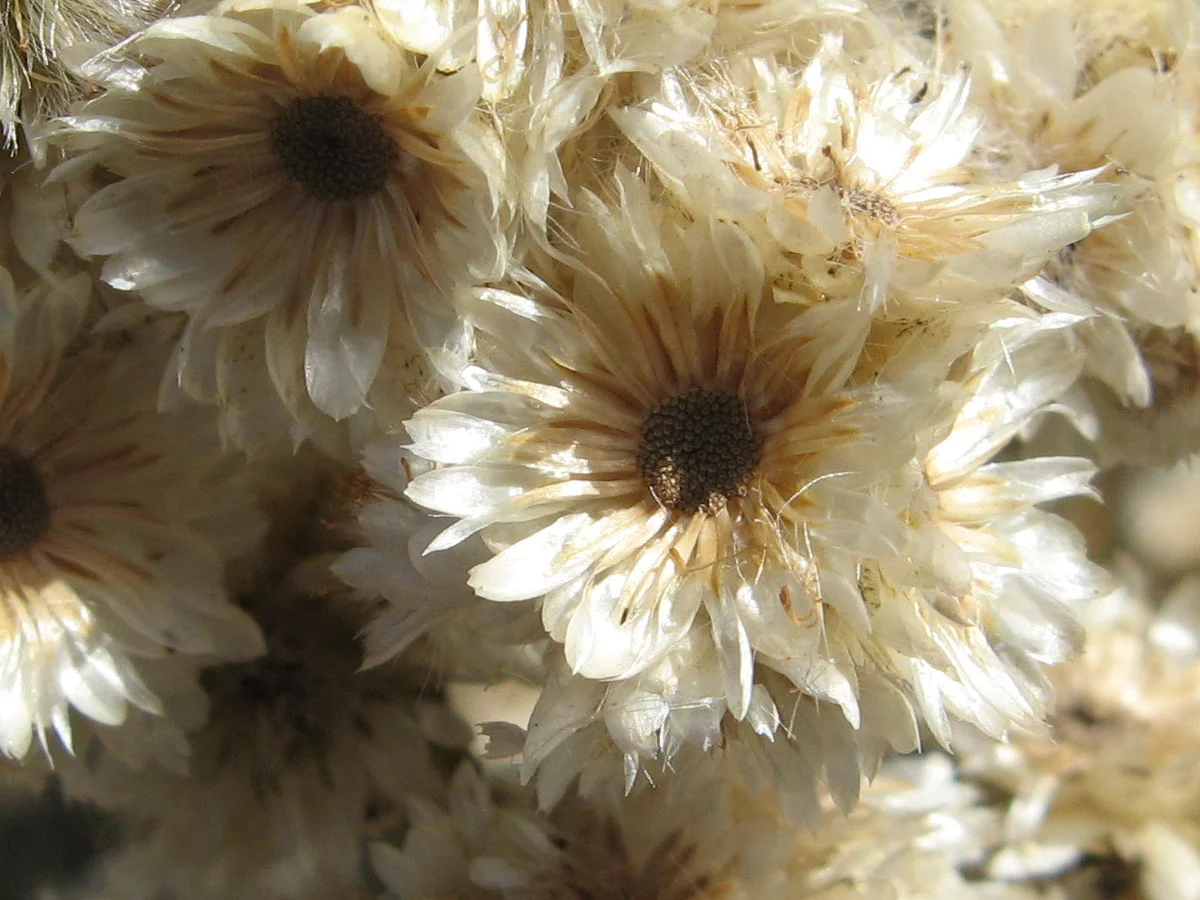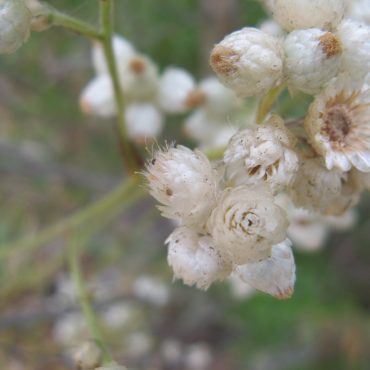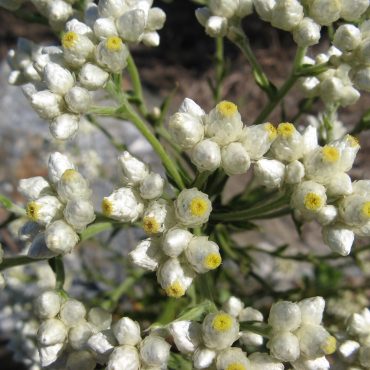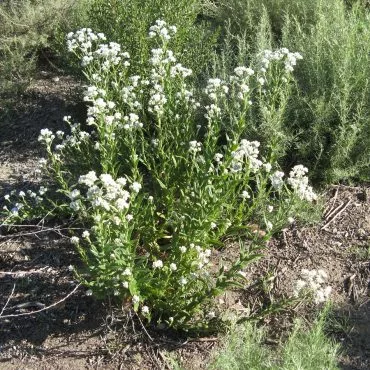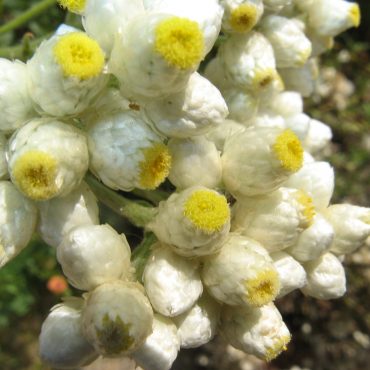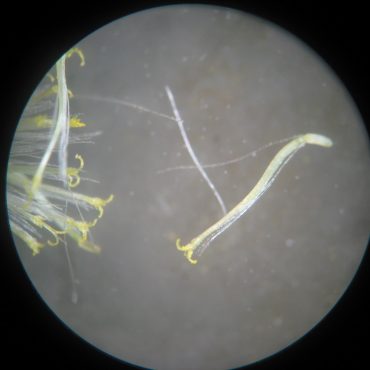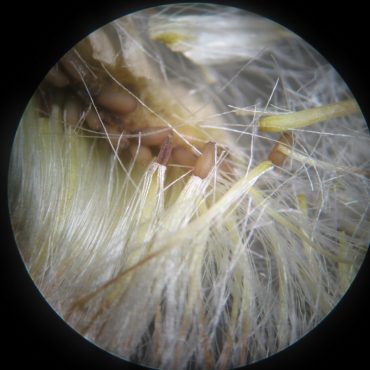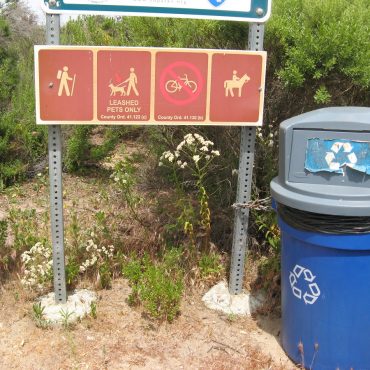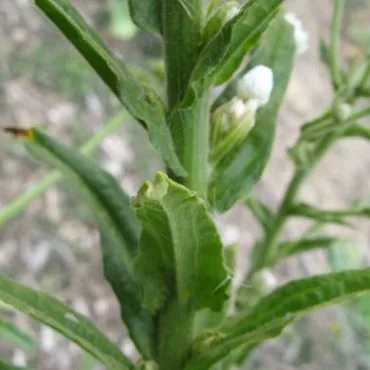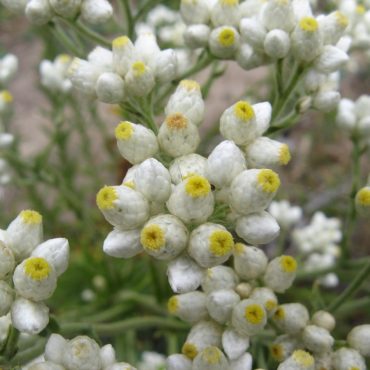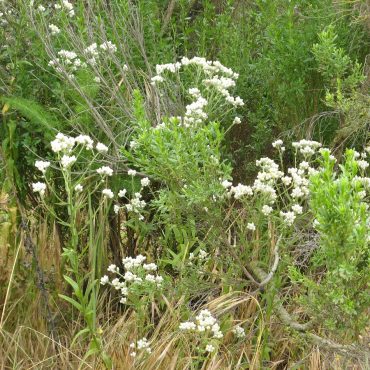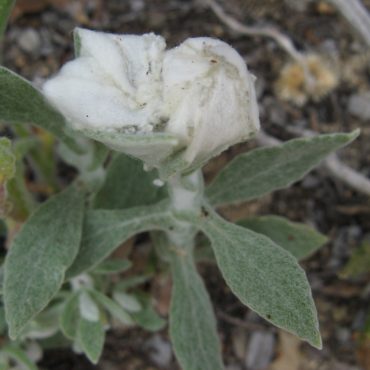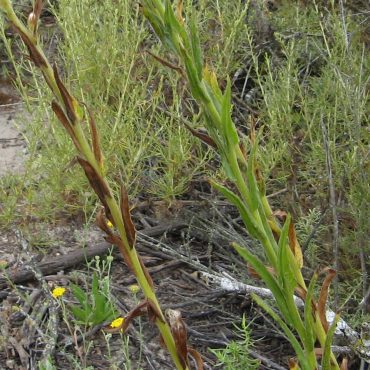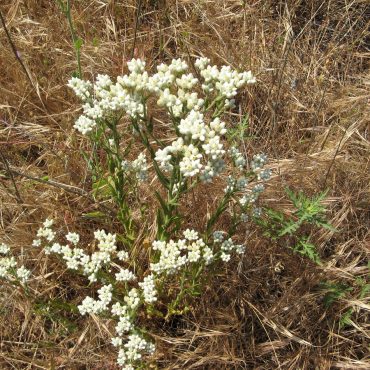Ecology
California everlasting is sometimes called a “pioneer species” – an early colonizer of disturbed areas.290,292 Disturbed areas can result from such forces as fire, flood, landslide, wind, agriculture, construction, and others. After a large scale disturbance, plant cover is often destroyed and associated animals are missing. The productive soil layer may be missing or badly compacted and lacking the complex of micro-organisms essential for support of healthy vegetation.
Pioneer species begin the process of repairing the environment so that other species can also occupy it.41 The seeds of a typical pioneer species are transported by wind into areas devoid of animals. Together with early fungi, plant roots penetrate the soil and begin to restructure and rebuild it. Plant detritus breaks down, becoming mulch and releasing nutrients begriming to restore the soil water holding capacity and fertility. Ultimately, other soil microbes arrive, and other plants, followed by grazing and pollinating insects that consume the plants and birds that eat the insects and animals that eat the foliage and seeds. Slowly, the number of different species increases until a complex of organisms exists that can reproduce and maintain itself – until the next disturbance. Under these self-perpetuating conditions, the original pioneer species are often replaced. But even in mature associations, plants die and soil slumps making small disturbances that provide opportunities for pioneer species.
Ironically, a pioneer species that is pioneering in the wrong environment is often considered a weed. Pseudognaphalium spp. may be “semi-weedy” in dry but formerly moist open areas.340
Other recognized pioneer species in the Reserve include coyote brush, one of the first plants to colonize abandoned farms, and deerweed which replenishes soil nitrogen through its relationship with a nitrogen-fixing bacteria in its roots.
NOTE: In areas such as southern California where fires are frequent, plants have adapted specific survival strategies with specific terminologies.14,27 In these areas, the general term “pioneer species” is not often used for post-fire recovery.

